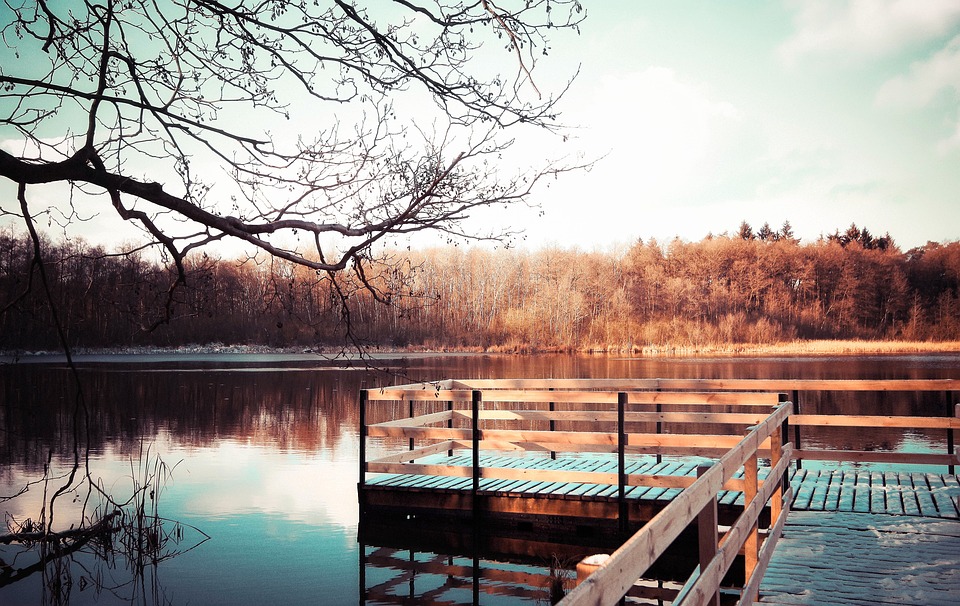Do Evaporative Coolers Work in Humid Climates? Understanding the Limits of Swamp Coolers in High-Humidity Areas
Evaporative coolers, commonly known as swamp coolers, are devices designed to cool air through the process of water evaporation. They work by drawing warm air through water-saturated pads, where the heat is absorbed and the air is cooled before being circulated into the environment. This method of cooling is particularly effective in dry climates where humidity levels are low, allowing for significant temperature drops. However, the effectiveness of evaporative coolers diminishes significantly in humid climates, which is crucial for potential users to understand.
1. How Evaporative Coolers Work
Evaporative cooling relies on a simple yet effective principle: as warm air passes over wet pads, water evaporates and absorbs heat from the air, resulting in cooler air being released. This process can lower temperatures by as much as 20 to 30 degrees Fahrenheit in optimal conditions (low humidity and high temperatures). Unlike traditional air conditioning systems that use refrigerants and compressors to cool air, evaporative coolers are more energy-efficient and environmentally friendly but depend heavily on the surrounding humidity levels for their performance.
2. The Role of Humidity in Evaporative Cooling
Humidity plays a critical role in the efficiency of evaporative cooling systems:
– Relative Humidity: This measures how much moisture is in the air compared to how much it can hold at a given temperature. As humidity increases, the capacity of air to absorb additional moisture decreases.
– Evaporation Rates: In low-humidity conditions, evaporation occurs rapidly, enhancing cooling efficiency. Conversely, high humidity slows evaporation, significantly reducing the cooler’s ability to lower air temperature.
In essence, while evaporative coolers can provide substantial cooling in arid environments, their performance diminishes as humidity rises.
3. Do Evaporative Coolers Work in Humid Climates?
Evaporative coolers are generally ineffective in high-humidity climates for several reasons:
– Limited Temperature Drops: In humid conditions (e.g., coastal or tropical regions), the potential for evaporation is reduced. For instance, a swamp cooler may only achieve a temperature drop of about 10 degrees Fahrenheit when humidity levels exceed 50%[3][5].
– Ineffective Cooling: The cooler’s ability to add moisture to the air becomes counterproductive when the air is already saturated with humidity. Users may find that even on hot days, the cooling effect is minimal compared to what could be achieved in drier conditions[4][5].
– Recommendations: Experts suggest that evaporative coolers are best suited for dry regions where relative humidity is below 70%[1][2].
4. Situations Where Evaporative Coolers Can Be Used in Humid Climates
While traditional evaporative coolers struggle in high humidity, there are strategies to enhance their effectiveness:
– Ventilation: Increasing airflow by opening windows or doors allows moist air to escape and helps maintain lower indoor humidity levels.
– Supplemental Cooling: In mildly humid climates, using evaporative coolers alongside fans or dehumidifiers can improve comfort levels by promoting better airflow and reducing indoor moisture.
– Hybrid Systems: Some advanced systems combine evaporative cooling with dehumidification technologies. These hybrid systems can efficiently manage both temperature and humidity levels even in more challenging environments[10].
5. Alternatives to Evaporative Coolers in Humid Climates
For those living in humid areas, alternative cooling solutions may be more effective:
– Air Conditioning Units: Traditional AC systems are designed to dehumidify while cooling, making them suitable for high-humidity environments.
– Dehumidifiers: These devices can help reduce indoor moisture levels independently or when used alongside other cooling methods.
– Energy-Efficient Options: Newer technologies such as split AC units with integrated dehumidification features offer efficient cooling without significantly increasing energy consumption[7][9].
FAQs
– Why do evaporative coolers work poorly in high humidity?
High humidity reduces evaporation rates, limiting the cooler’s ability to lower temperatures effectively.
– Can I use an evaporative cooler in a coastal region?
While possible, its effectiveness will be limited due to higher humidity levels typically found in coastal areas.
– How can I improve the efficiency of an evaporative cooler in slightly humid weather?
Increase ventilation and consider using fans or dehumidifiers to enhance airflow and reduce indoor moisture.
– What are some cost-effective alternatives to swamp coolers for humid areas?
Traditional AC units and dehumidifiers are recommended for better performance in humid climates.
Conclusion
In summary, while evaporative coolers provide an energy-efficient cooling solution ideal for dry climates, their effectiveness significantly declines in high-humidity areas. Those living in such regions should consider alternative cooling options that better address both temperature and moisture control needs. Understanding these limitations will help users make informed decisions about their cooling strategies and ensure comfort during hot weather conditions.

Kyle Whyte is a notable scholar and professor at the University of Michigan, holding positions such as the George Willis Pack Professor in the School for Environment and Sustainability and Professor of Philosophy. Specializing in environmental justice, his work critically examines climate policy and Indigenous peoples’ ethics, emphasizing the nexus between cooperative scientific endeavors and Indigenous justice. As an enrolled Citizen Potawatomi Nation member, he brings a vital perspective to his roles as a U.S. Science Envoy and member of the White House Environmental Justice Advisory Council. His influential research is supported by various prestigious organizations including the National Science Foundation, and disseminated through publications in high-impact journals. Kyle actively contributes to global Indigenous research methodologies and education, with affiliations to numerous institutes and societies dedicated to traditional knowledge and sustainability. Recognized for his academic and community engagement, Kyle has earned multiple awards and served in various visiting professorships. His efforts extend to leadership positions on boards and committees focused on environmental justice nationwide.
